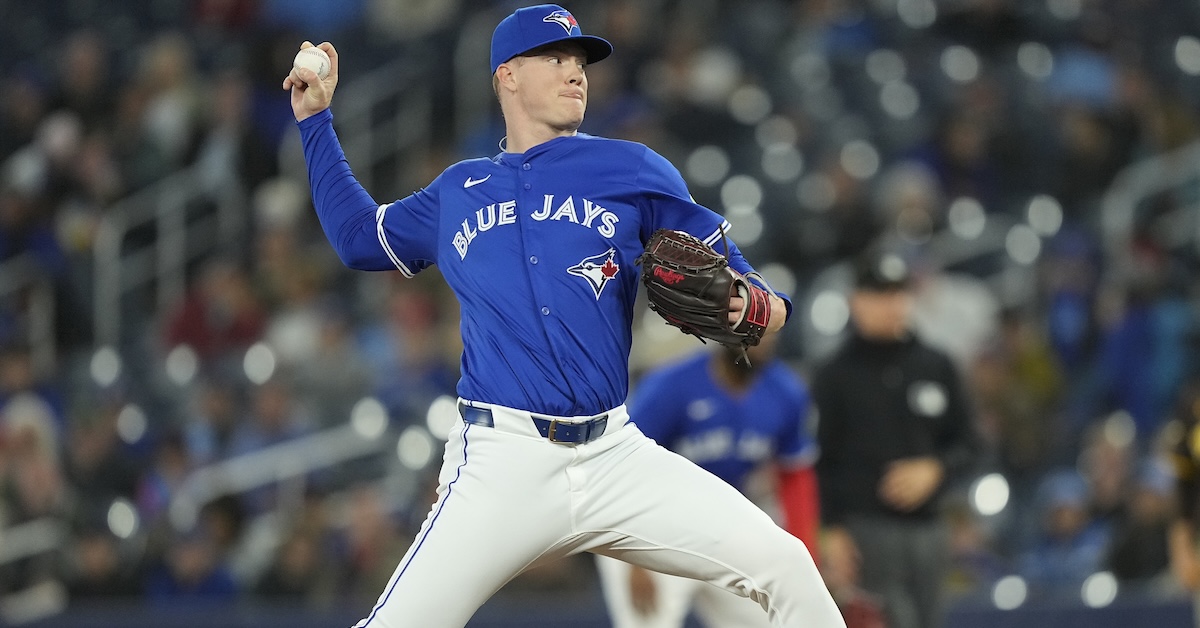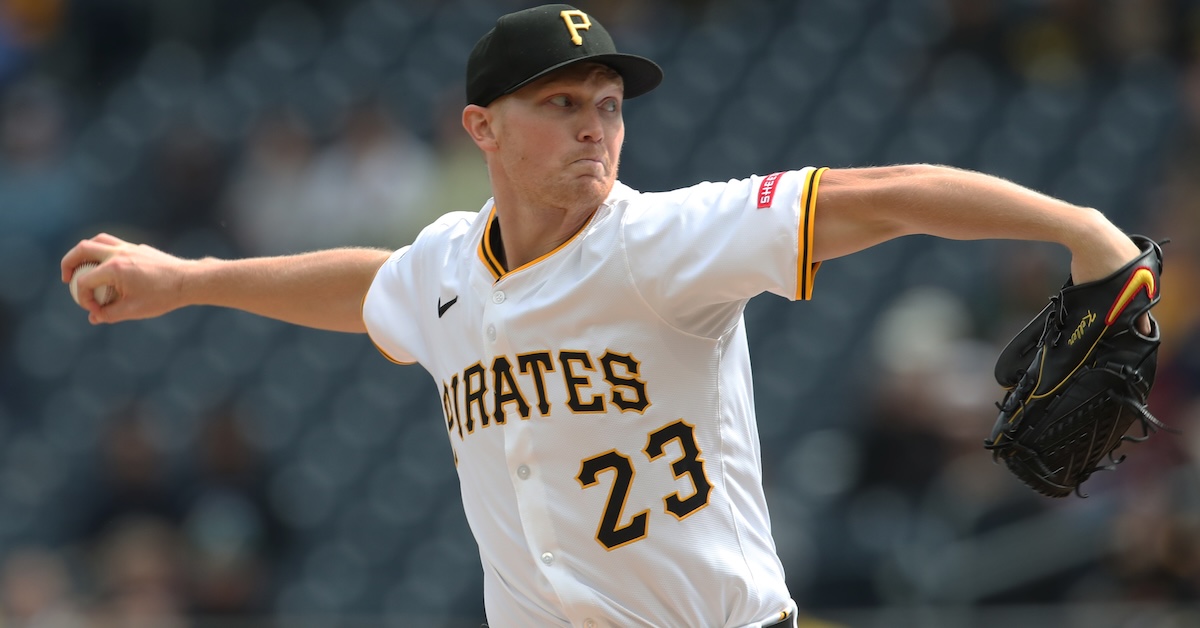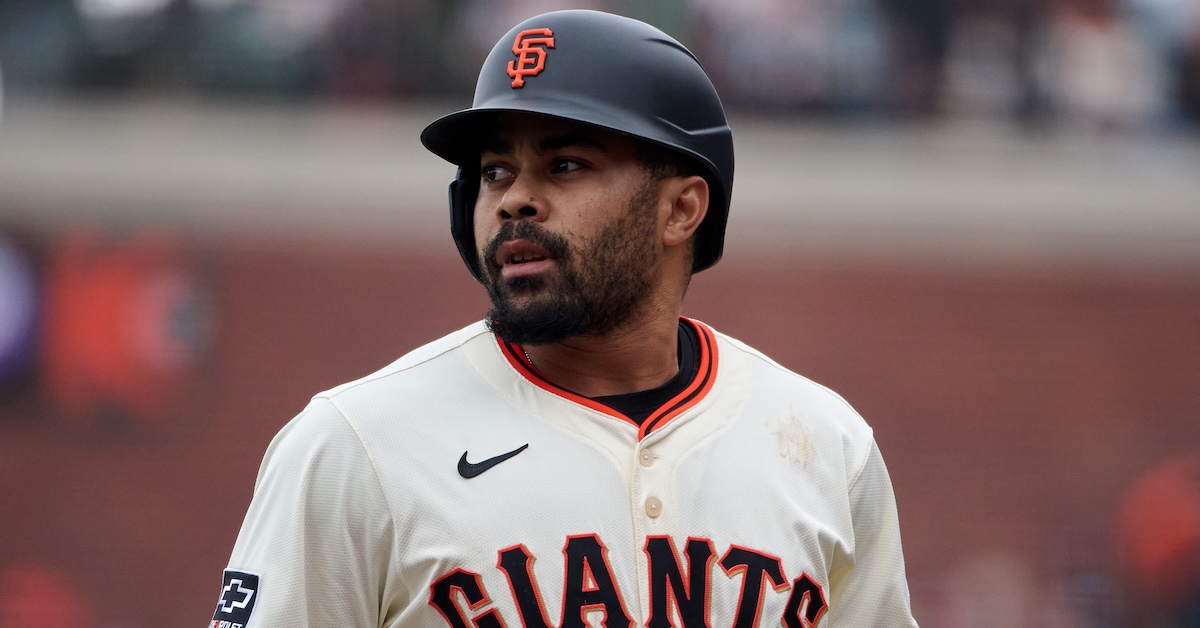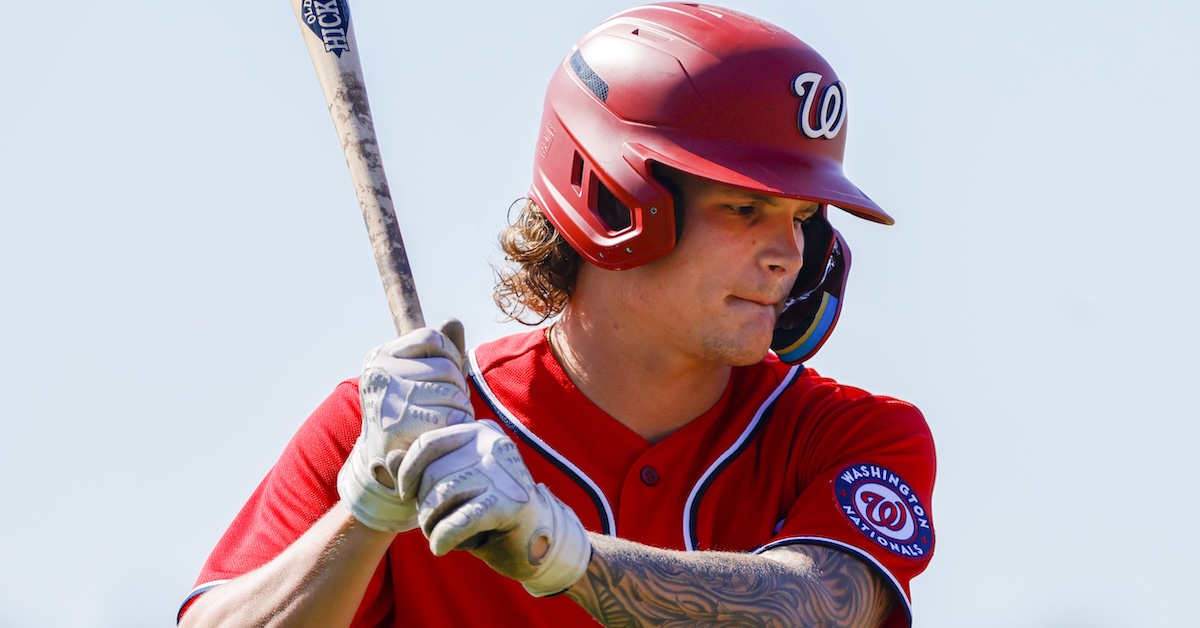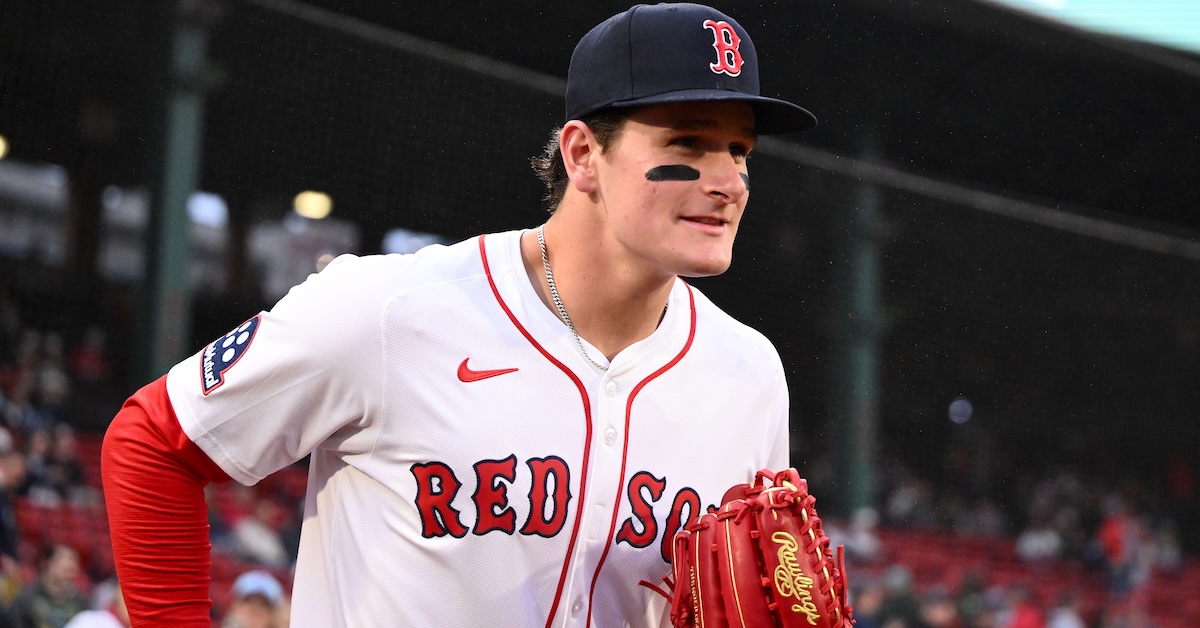Luis Arraez Has Entered the Contact Rate Death Spiral
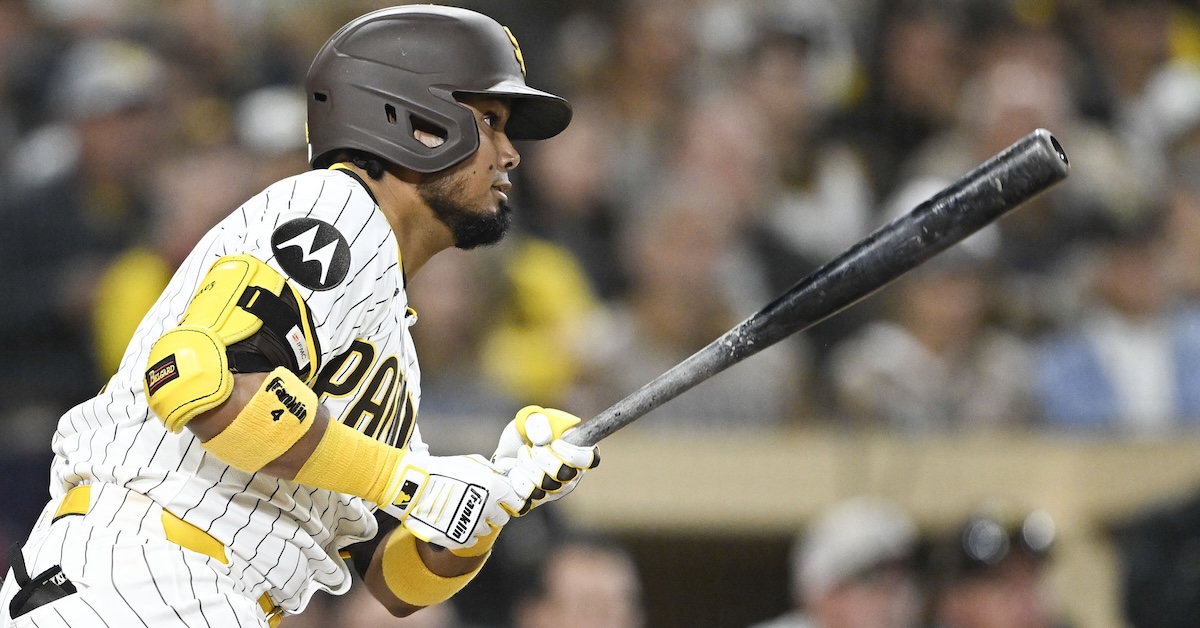
One of the many common themes in mythology, across myriad cultures, is the tragic tale of a protagonist who is undermined and ultimately defeated by the original source of their strength. Oedipus was brought down by his search for truth, Karna by his generosity, and Cú Chulainn by his obligations to his code of honor. Luis Arraez isn’t the hero in an ancient tale, but his ability to hit baseballs at will is the stuff of a modern baseball legend. And like those heroes and heroines in lore, his greatest strength is contributing to his downfall.
Arraez is so fun because he defies an unfortunate aspect of today’s game, what I’ve referred to in the past as its “Anna Karenina problem.” Every lousy lineup seems incompetent in their own way, while most great lineups are nearly indistinguishable from the others. It certainly feels like there’s less run-scoring variety than there was when I was young, a concerningly long time ago. Nobody could possibly mistake Arraez for the greatest player in baseball, but he has won three straight batting titles despite being so very different than the type of player you would see on the cover of a Modern Hitter magazine. He doesn’t work counts to draw walks or pull a bunch of barrels into the stands. Instead, he can turn nearly any pitch into a line drive hit, leading to high batting averages in an era when that has become a relative rarity. In 2025, Arraez has struck out only five times; there are five players this season who have done that in a single game, including former MVP Jose Altuve and two young phenoms, Dylan Crews, Jackson Chourio.
Without boasting the traditional markers of a valuable offensive player, Arraez has nonetheless been one since he broke into the league with the Twins in 2019. He entered this season with a career 120 wRC+ across nearly 3,000 plate appearances, even though he’d hit just 28 home runs. Still, that doesn’t mean Arraez has maintained the same level of nonconformity throughout his career. He remains a contact extraordinaire without much power, but some of his defining characteristics have become more extreme as his career has progressed. With a 103 wRC+, Arraez is having his weakest offensive season, and it’s largely because his signature formula for success isn’t quite mixing the way it did before. Read the rest of this entry »


